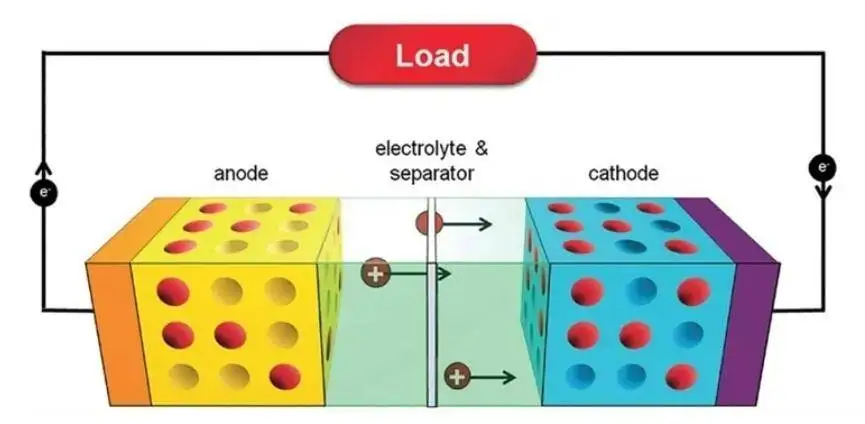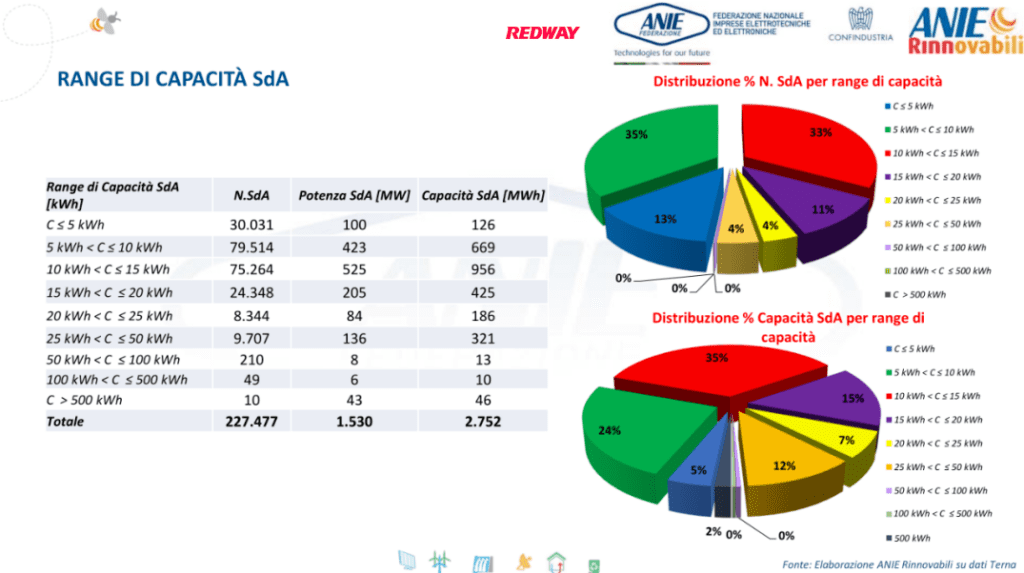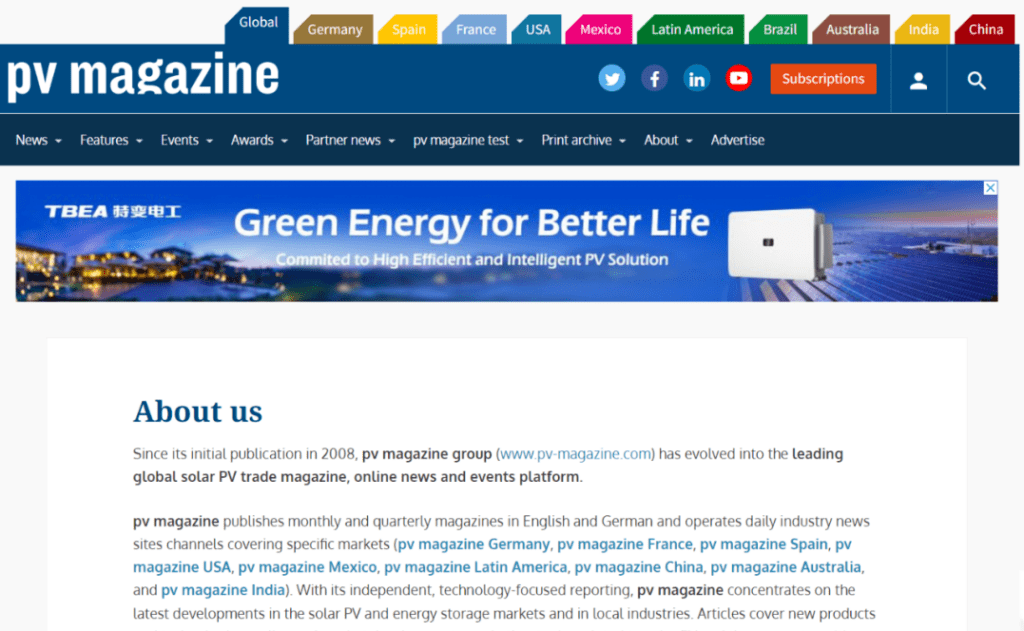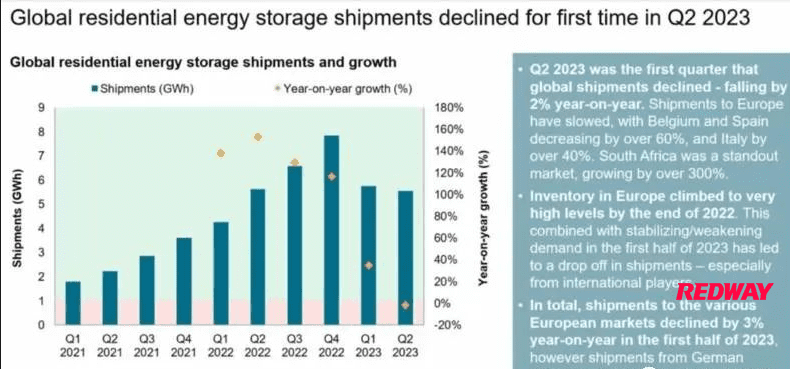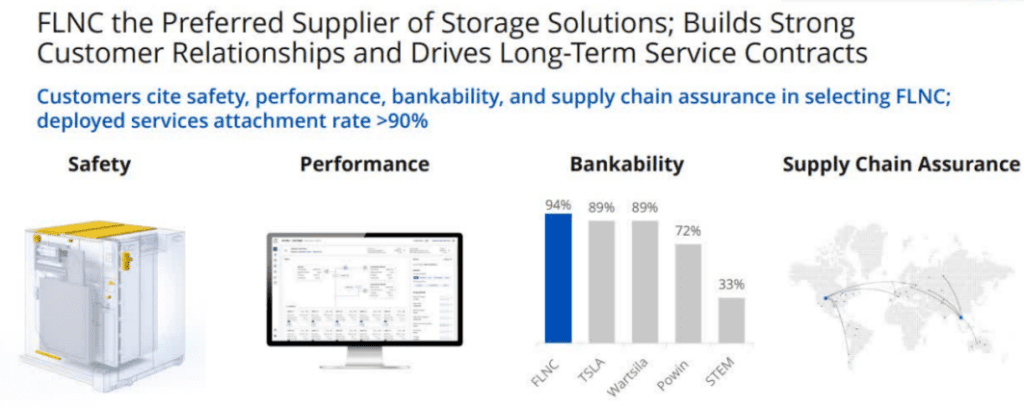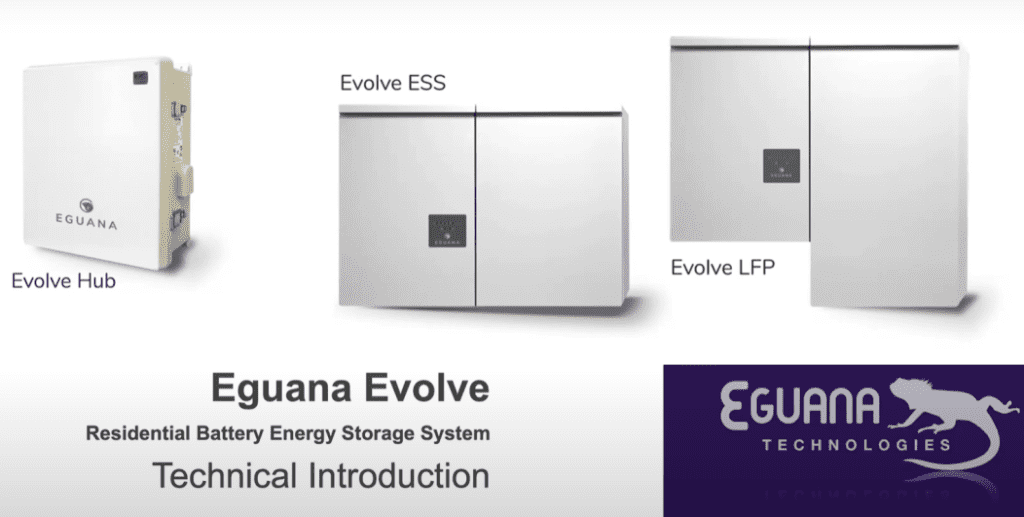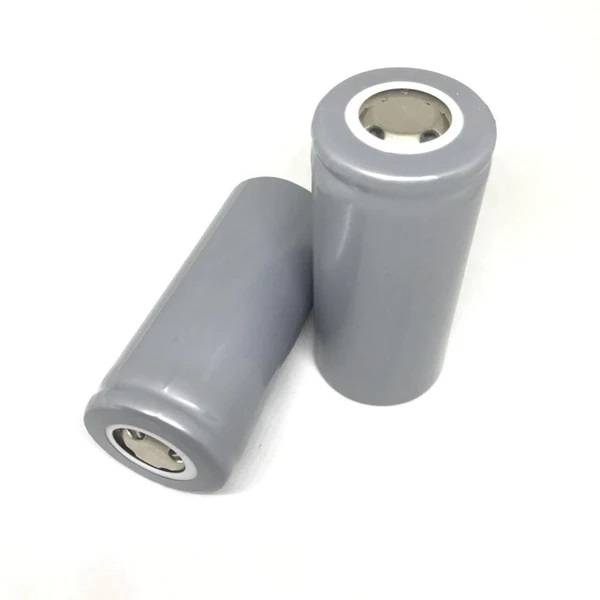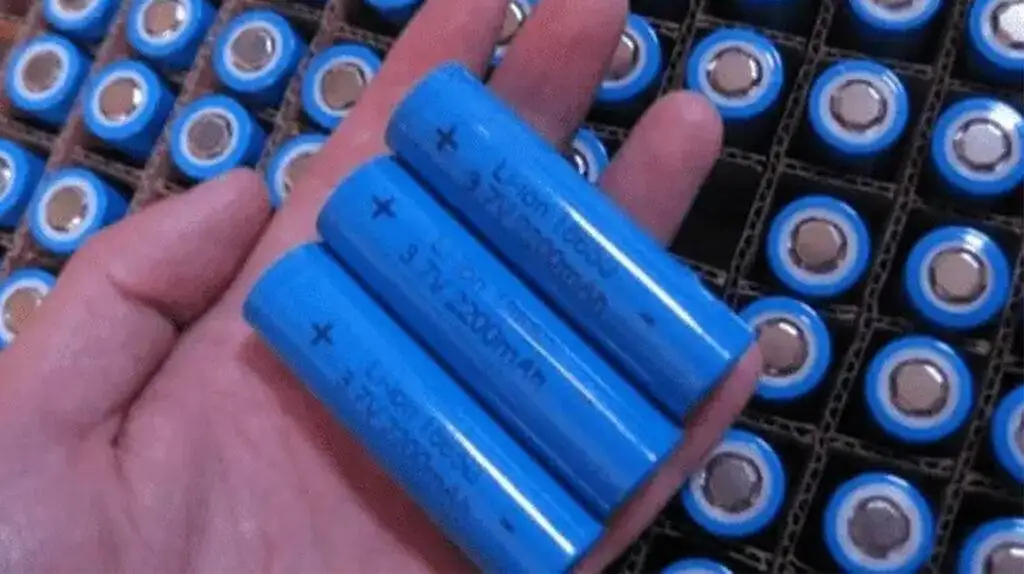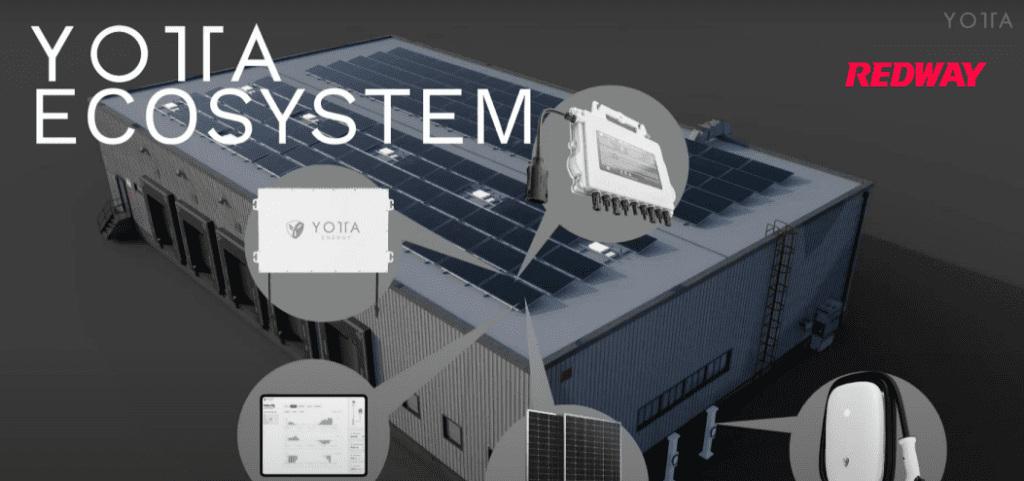Recently, the American Clean Power Association (ACP) released its latest quarterly report, providing an analysis of the development of utility-scale solar power, onshore wind power, and battery energy storage industries in the United States
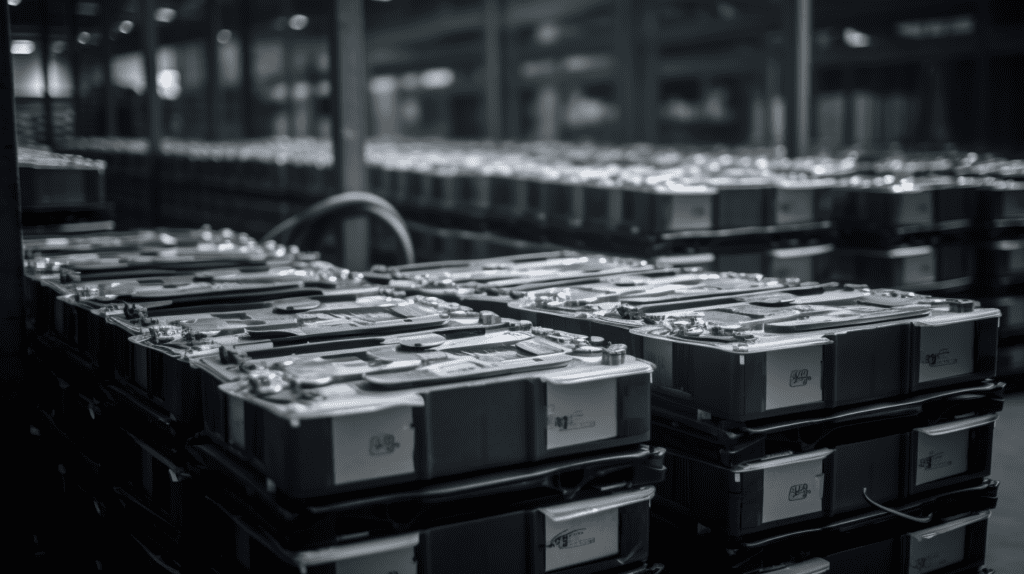
First-Quarter Slowdown and Second-Quarter Rebound
According to the ACP report, the clean energy industry in the United States experienced a slowdown in development in the first quarter due to supply chain constraints and grid interconnection delays, but it rebounded in the second quarter. The total installed capacity for solar power, wind power, and battery energy storage reached 5,218 MW in the second quarter, marking the second-highest quarterly installation figure since the second quarter of 2021 (7,189 MW). As of the end of June 2023, the combined installed capacity of these three technologies is approximately 9.4 GW.
In the second quarter of 2023, the United States saw new installations of 2,740 MW for solar power, 968 MW for onshore wind power, and 1,510 MW for battery energy storage. The energy capacity of the battery storage systems reached 5,098 MWh, with an average duration of 3.38 hours. Earlier this year, WoodMac reported that the first-quarter installation for grid-scale battery energy storage in the United States was 554 MW.
Installation Figures for Solar, Wind, and Battery Storage
While the installation capacity for solar power and onshore wind power decreased by 1% and 24% year-on-year, respectively, compared to the second quarter of 2022, grid-scale battery energy storage installation capacity saw a significant growth of 32%.
Growth and Decline in Solar, Wind, and Battery Storage
At the same time, the number of onshore wind projects decreased by 6% year-on-year in the second quarter. Although the number of solar photovoltaic projects under development increased by 16%, it pales in comparison to the 45% growth in battery energy storage projects.
Increasing Development of Battery Energy Storage Projects
Meanwhile, ACP stated that there are a total of 260 battery energy storage projects in development, with a combined capacity of 21,069 MW and 59,925 MWh. This is nearly twice the capacity of the previous quarter, and over the past three consecutive quarters, the average growth rate of projects in development has steadily increased by 14% each quarter.
Impact of the Inflation Reduction Act (IRA)
ACP indicated that part of the growth in the scale of energy storage projects in development can be attributed to the impact of the Inflation Reduction Act (IRA). The IRA introduced investment tax credit (ITC) incentives for standalone energy storage for the first time within its comprehensive support for clean energy.
Battery Energy Storage Projects Go Live in Q2
In the second quarter, a total of 31 battery energy storage projects came online in the United States, including 17 standalone energy storage projects and 14 projects that combine energy storage with wind or solar. Among these, the third phase of the Moss Landing project (300 MW/1400 MWh) was the largest battery energy storage project to become operational in the second quarter. NextEra’s Thunder Wolf solar and energy storage project had the largest capacity among the new energy and storage combination projects, with 248 MW of solar capacity and 100 MW/400 MWh of battery energy storage.



